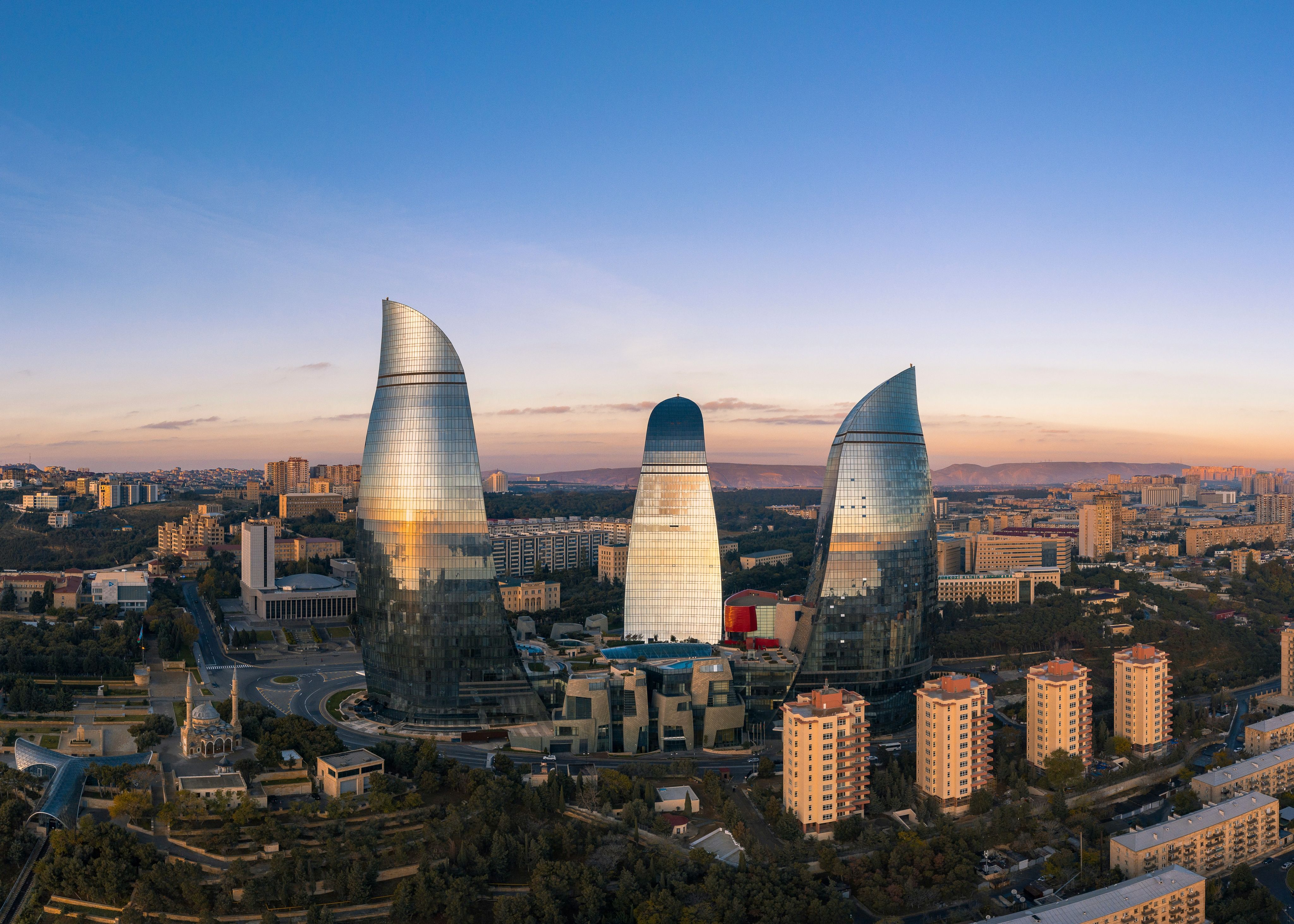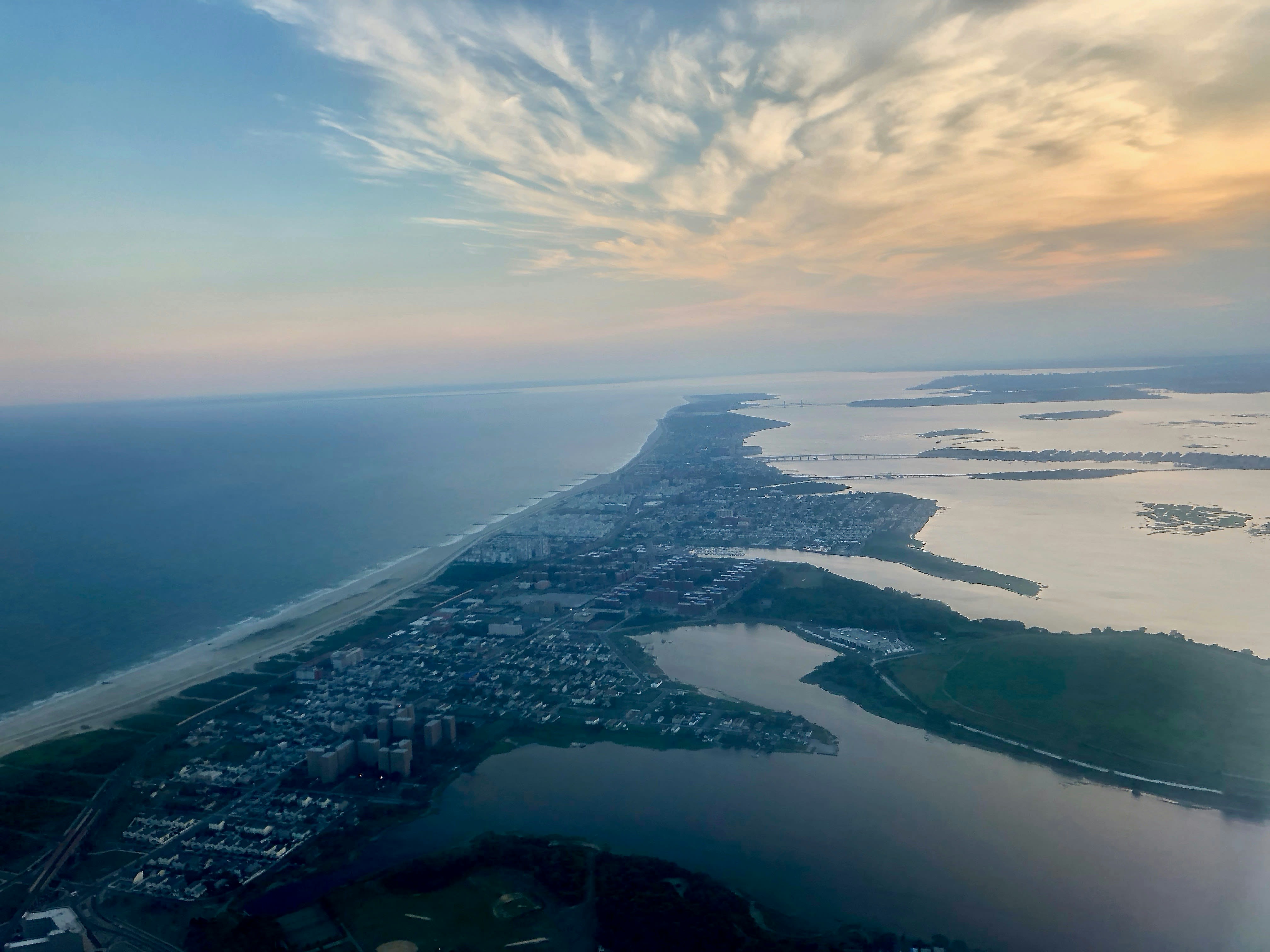Thinking the Unthinkable at COP29
Has the time come to consider climate repair as a necessary measure?

As I stepped onto the plane from Baku on my way back to Cambridge after a week at COP29, I reflected on the question posed to me by a fellow passenger: “Was it worth going?”
This was a difficult question after remarks from COP29 host, Azerbaijan President Ilham Aliyev, that oil and gas are a "gift of God" and saying nations "should not be blamed" for having fossil fuel reserves (with the seemingly implicit reference to continued use of them especially given news about meetings being arranged to discuss potential fossil fuel deals).
By contrast, the UN Secretary-General said at this key annual global climate summit that 2024 has been “a masterclass in human destruction”, as he reflected on extreme weather and record rises in temperatures across the planet again this year.
We shouldn’t need to be thinking of future global temperatures well in excess of 2 degrees Celsius above pre-industrial levels, where the wildfires, droughts, flooding and other extreme weather effects of climate change are expected to become catastrophic.
But alas the consequences of burning all those fossil fuels for energy and the feeble progress towards cutting emissions means that is where we are heading at the moment.
Photo by Krišjānis Kazaks on Unsplash
Photo by Krišjānis Kazaks on Unsplash
Photo by Daniel Lincoln on Unsplash
Photo by Daniel Lincoln on Unsplash
Blue Zone Talk

Beyond Emissions Control
Many of those who I met in the Blue Zone, where negotiations take place and where country and NGO-themed pavilions host panels and discussions, were of the view that we are now well beyond the point of being able to rely on emissions reduction alone to keep temperatures below 2 degrees.
We need to get our heads around other options.
This was a key topic amongst the scientists and representatives of non-governmental organisations I met in the Zone, where I hosted an event in the Ocean pavilion.
On Day 1, I ventured to different country pavilions and listened to earnest discussions on the action needed.
But I found it quite challenging seeing pavilions such as those on Natural Gas for Sustainable Development.
I fully understand that a transition to a green economy needs to be a just one. There has to be a pathway which ensures the needs of people today are met whilst ensuring the needs of those tomorrow are safeguarded.
But I can’t see how a continued expansion in the use of fossil fuels features in this regard.
Shaun Fitzgerald at COP29/Credit: Nick Breeze
Shaun Fitzgerald at COP29/Credit: Nick Breeze
Banner in the Blue Zone at COP29/Credit Shaun Fitzgerald
Banner in the Blue Zone at COP29/Credit Shaun Fitzgerald
Climate Repair

Double-edged Sword
For me, as an engineer and the director of the Centre for Climate Repair (CCR) at the University of Cambridge, these discussions are a double-edged sword.
It’s disappointing to see that we are failing to cut emissions fast enough to secure the health and habitability of the planet for people of the next generation like my own four sons.
It’s encouraging to realise that our work at CCR to discover whether we could safely refreeze Arctic ice or slow the bleaching of the Great Barrier Reef may become a vital lifeline.
Dr Shaun Fitzgerald at a COP29 event/Credit: Shaun Fitzgerald
Dr Shaun Fitzgerald at a COP29 event/Credit: Shaun Fitzgerald
Photo by Charu Chaturvedi on Unsplash
Photo by Charu Chaturvedi on Unsplash
Hope for the Future
Although my introduction to COP29 was difficult, I did have some more encouraging experiences.
Firstly, I had the amazing opportunity to listen to Razan Al Mubarak and Nigar Arpadarai, the UN Climate Change High-Level Champions for COP28 and COP29 respectively. These two people are inspirational.
They called for greater alignment between climate and nature policies at international and national levels, such as those discussed at this year's UN Biodiversity meeting (COP16).
They encouraged scaling up nature-based solutions, and tripling nature-climate investment by 2050 while ensuring more funding reaches indigenous communities directly.
If only the actions in all the countries present at the COP were as powerful as called for by the climate champions!
Secondly, I enjoyed representing the Centre for Landscape Regeneration (CLR) at the University of Cambridge speaking on a panel with Heiko Balzter from the University of Leicester and the Land Use for Net Zero Hub about changes in land management practices to help reduce emissions.
This is a rich subject and one where there is still so much to be done.
And finally, given the trajectory we appear to be on in terms of global temperatures, I was encouraged by the willingness of so many people to engage in discussions on the topic of “going beyond emissions reductions”.
Many people in the climate science world find even considering climate repair and geo-engineering (using technology to remove greenhouse gases or mitigate the effects of climate change) unpalatable, as I once did. They worry that interfering in planetary processes to address one challenge may unleash even more damaging effects elsewhere in the system.
But given the sluggish efforts on emissions reduction and the continuing efforts to expand fossil fuel production, it appears to me that ignoring what some climate journalists have deemed “insane ideas” is now just wrong.
My hopes for next year’s COP are that we might see the discussions of going beyond emissions reduction being held in the plenary sessions as well.
We have made too little progress too slowly, and we owe it to subsequent generations to build our knowledge on a wider range of potential actions to keep a lid on temperature rise whilst we fix the fundamental causes of climate change – excess greenhouse gases.
A display of plants and animal photos at COP16 (credit: Isabelle Soskice)
A display of plants and animal photos at COP16 (credit: Isabelle Soskice)
Cambridge Zero Future Leaders Programme project assistants in the field/Credit Ellie Austin
Cambridge Zero Future Leaders Programme project assistants in the field/Credit Ellie Austin

Cambridge Zero is the University of Cambridge’s ambitious climate change initiative, harnessing the power of research to tackle climate change at one of the top global research universities in the world.










